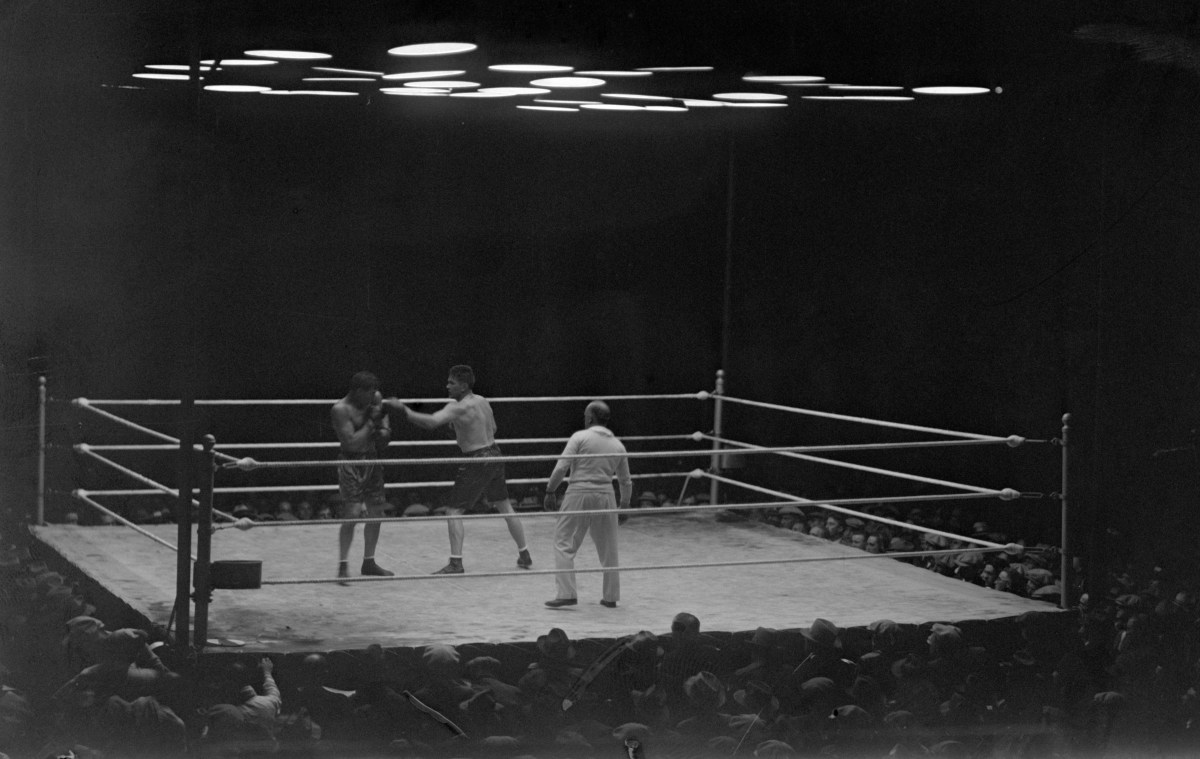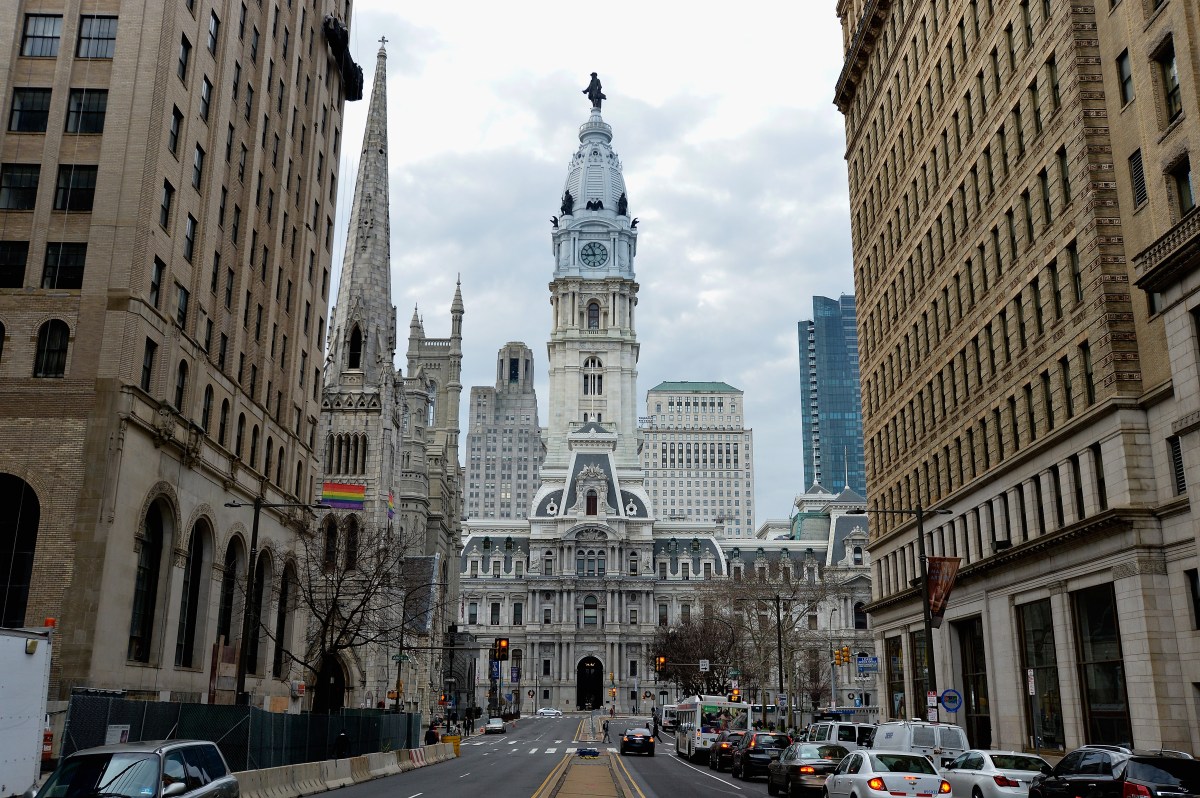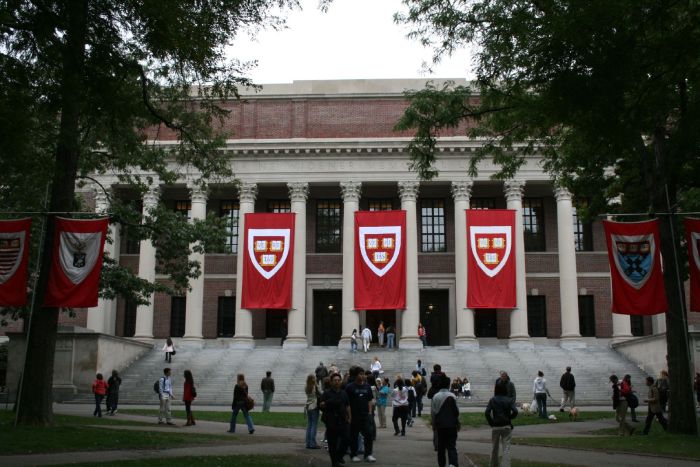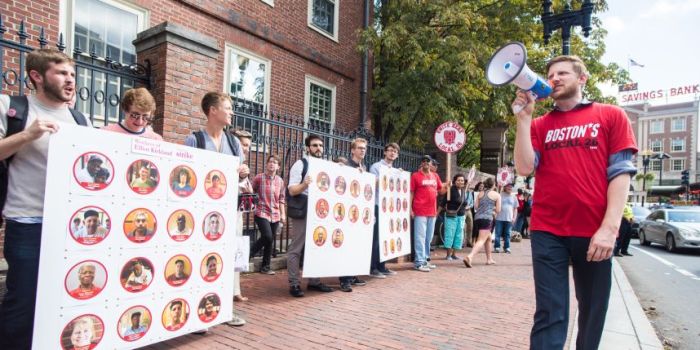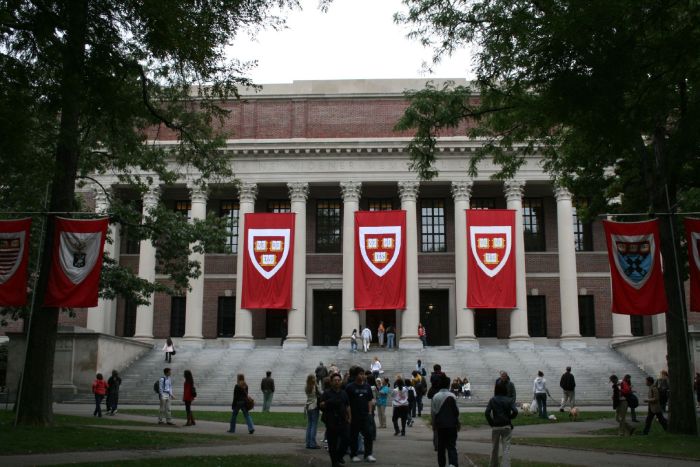The 2016 presidential election was called in favor of President-elect Donald Trump on Nov. 8, but it’s actually up to the Electoral College, who vote Dec. 19.
By the calculations of Harvard Law School Professor Larry Lessig, up to 20 Republican members of the Electoral Collegecould flip on Trump. That figure puts anti-Trump activists more than halfway toward blocking his election, according to a Politico report. When the 538 members of the Electoral College gather in their respective state capitals to vote, they are expected to cast their votes in accordance with the popular vote of their state. If that happens, the 306 Republican votes would go to Trump and 232 Democratic votes would go to Hillary Clinton— giving Trump an easy path to surpassing the 270 electoral votes needed to win the presidency. To flip the vote, 37 Republican electors would have to abstain or vote for a candidate other than Trump.
Lessig, who last year made a brief bid for the presidency, has been offering pro bono legal advice to any electors considering breaking with party ties through his group, Electors Trust.
“Obviously, whether an elector ultimately votes his or her conscience will depend in part upon whether there are enough doing the same. We now believe there are more than half the number needed to change the result seriously considering making that vote,” Lessig told Politico. Lessig did not offer any evidence to back his claim that so many electors could flip and so far only one Republican elector,Chris Suprun of Texas, has publicly declared he would not vote for Trump. A group of Democratic electors, calling themselves the Hamilton electors,are hoping to convince Republican electors to chose not Clinton, but a third “compromise” candidate like John Kasich or Mitt Romney, the Atlantic reported. Ten electors— including four from New Hampshire— are asking for an intelligence briefing on whether the government is investigating links between President-elect Donald Trump and Russia, Boston.com reported.
Could the Electoral College block a Trump presidency?
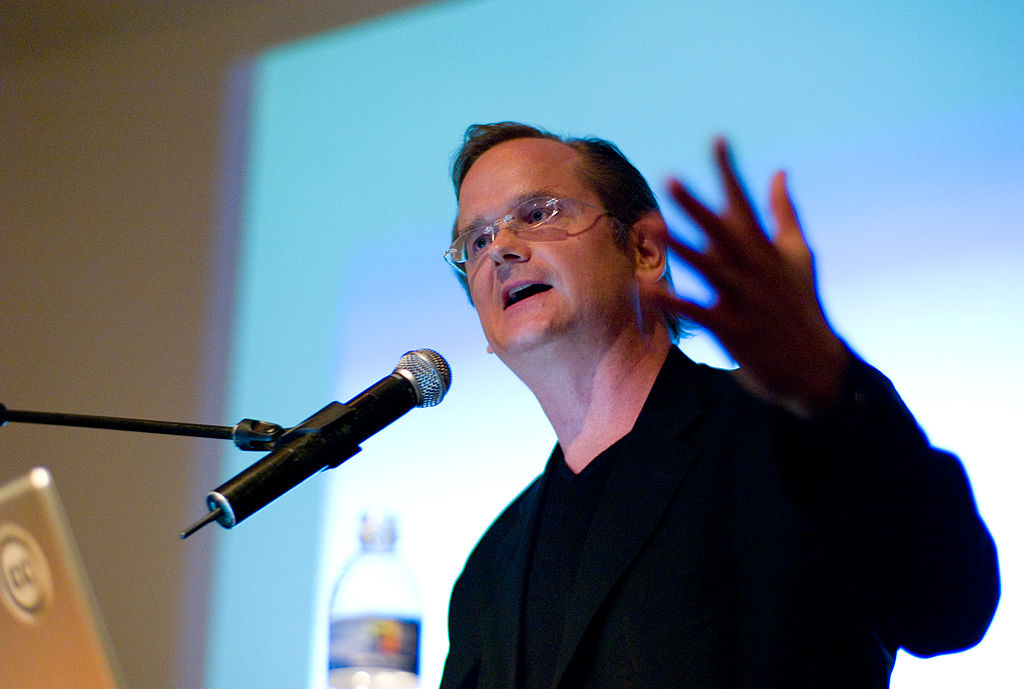
Wikimedia Commons











